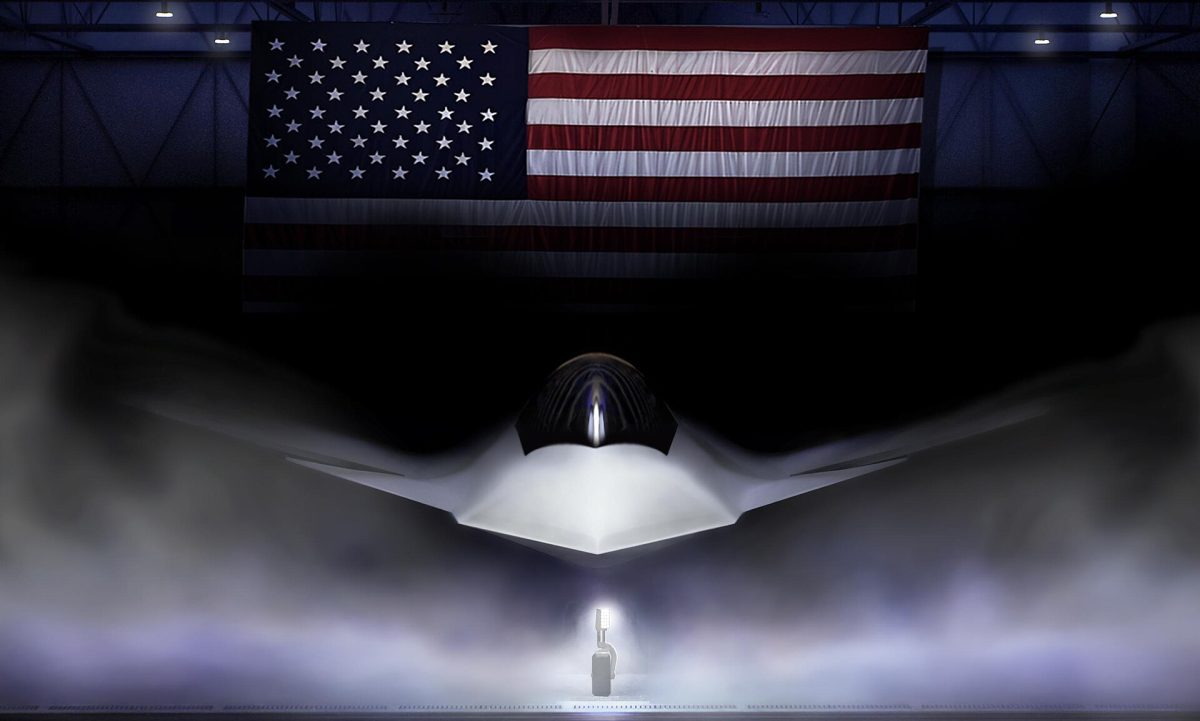In 88 years, 1,663 acting nominations. Only 99 of them people of color.
In the history of the Academy Awards, nominees have been overwhelmingly white. When this year’s acting nominations were announced to be all-white for the second year in a row, there was an outcry. Something is wrong with the system.
This year’s nominations have led to celebrities such as Jada Pinkett Smith and Spike Lee announcing their boycott of the awards, the resurgence of the 2015 hashtag #OscarsSoWhite and a public response from the Academy.
The Academy stated their goal to double the number of members who are women or people of color by 2020 and to eliminate permanent voting rights, so different voters can join the Academy in the future. However, right now about 87 percent of the Academy’s members are white.
“I think the critique should be systemic,” said Charles A. Dana Professor of Psychology Richie Zweigenhaft. “It’s not clear to me who’s voting for these awards … but it appears (to) disproportionately reflect whites and older people and males … and that’s not only true for voting for the awards, but kind of Hollywood power in general.”
Some actors such as Michael Caine and Charlotte Rampling have dismissed the issue, saying the problem is not race. No, they say, it was only a coincidence that all the best actors of the year were white. Again.
Is it really a coincidence when the people deciding who gets nominated are choosing people who look like them?
But it’s not just the makeup of the Academy that is the problem. There needs to be greater support of movies made by people of color.
“The films don’t represent the diversity of our country,” said Visiting Assistant Professor of Theatre Studies and Head of Film Studies Chad Phillips in an email interview. “When an industry is so overly based on making money, the producers and studios want to appeal to the masses, not the minorities – but they are missing out on enthusiastic, hungry audience looking for representation in films.”
Some filmmakers have taken notice.
“There’s a belonging problem in Hollywood,” director Ava DuVernay told The New York Times.
DuVernay is working to fix this. She created a filmmaking collective called Array that focuses on promoting work by women and people of color. And she’s not alone.
MACRO is a company created in 2015 by Charles King to produce media for African-American, Latino, and multicultural audiences. Vimeo has started an initiative called Share the Screen to provide funding and advertising for female filmmakers. And through crowdfunding campaigns and online promotion, independent moviemakers no longer have to rely on the okay of studio executives to start making films.
“(I) think it’s up to people of color, folks (who are) a part of the LGBTQIA community and everyone (who is) not represented in the mainstream media to create our own awards and recognize the brilliance that is teeming within these communities,” said junior Najha Zigbi-Johnson in an online interview. “The metrics of success must stop being set and standardized by white, cis, hetero old men. A paradigm shift must be made.”
If things don’t move forward, Hollywood will become irrelevant. The support of marginalized filmmakers is essential if the movie industry wants to change.






